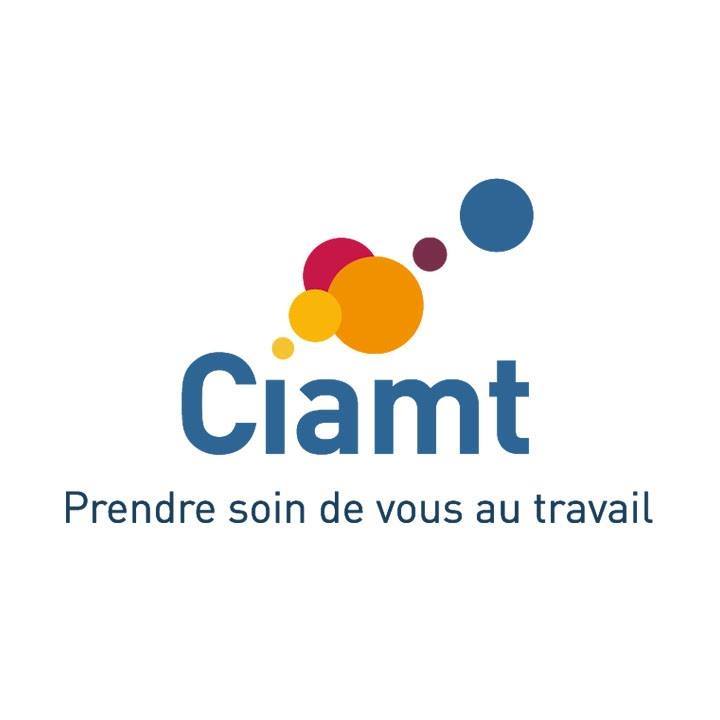Renforcer la culture de la prévention
L'AFTIM Bossons Futé est une association loi 1901 reconnue d'utilité publique.
Régime général Tableau 12
Affections professionnelles provoquées par les hydrocarbures aliphatiques halogénés énumérés ci-après : dichlorométhane ; trichlorométhane ; tribromométhane ; triiodométhane ; tétrabromométhane ; chloroéthane ; 1,1-dichloroéthane ; 1,2-dichloroéthane ; 1,2-dibromoéthane ; 1,1,1-trichloroéthane ; 1,1,2-trichloroéthane ; 1,1,2,2-tétrabromoéthane ; pentachloroéthane ; 1-bromopropane ; 2-bromopropane ; 1,2-dichloropropane ; trichloroéthylène ; tétrachloroéthylène ; dichloro-acétylène ; trichlorofluorométhane ; 1,1,2,2-tétrachloro - 1,2-difluoroéthane ; 1,1,1,2-tétrachloro - 2,2-difluoroéthane ; 1,1,2-trichloro - 1,2,2-trifluoroéthane ; 1,1,1-trichloro - 2,2,2-trifluoroéthane ; 1,1-dichloro - 2,2,2-trifluoroéthane ; 1,2-dichloro - 1,1-difluoroéthane ; 1,1-dichloro - 1-fluoroéthane.
- Date de création : décret du 9 décembre 1938
- Dernière mise à jour : décret n°2007-1083 du 10 juillet 2007
| Désignation des maladies | Délai de prise en charge | Liste indicative des principaux travaux susceptibles de provoquer ces maladies |
|---|---|---|
| - A - Troubles cardiaques aigus à type d'hyperexcitabilité ventriculaire ou supraventriculaire et disparaissant après l'arrêt de l'exposition au produit. | 7 jours | Préparation, emploi, manipulation des agents nocifs limitativement énumérés ci-après : trichlorométhane, chloroéthane, 1,1-dichloroéthane, 1,1,1-trichloroéthane, trichloroéthylène , tétrachloroéthylène , trichlorofluorométhane, 1,1,2,2-tétrachloro - 1,2-difluoroéthane , 1,1 ,1,2-tétrachloro - 2,2-difluoroéthane, 1,1,2-trichloro - 1,2,2-trifluoroéthane, 1.1.1.trichloro - 2,2,2-trifluoroéthane, 1,1-dichloro - 2,2,2-trifluoroéthane, 1,2-dichloro - 1,1-difluoroéthane, 1,1-dichloro - 1-fluoroéthane. |
| - B - Hépatites aiguës cytolytiques à l'exclusion des hépatites virales A, B et C ainsi que des hépatites alcooliques. | 30 jours | Préparation, emploi, manipulation des agents nocifs limitativement énumérés ci-après : trichlorométhane, tribromométhane, triiodométhane, tétrabromométhane, 1,2-dichloroéthane , 1,2-dibromoéthane, 1,1,2-trichloroéthane, 1,1,2,2-tétrabromoéthane, pentachloroéthane, 1,2-dichloropropane, 1,1-dichloro -2,2,2-trifluoroéthane. |
| - C - Néphropathies tubulaires régressant après l'arrêt de l'exposition. | 30 jours | Préparation, emploi, manipulation des agents nocifs limitativement énumérés ci-après : trichlorométhane, tétrabromométhane , 1,2-dichloroéthane , 1,2-dibromoéthane, pentachloroéthane, 1,2-dichloropropane. |
| - D - Polyneuropathies (après exclusion de la polyneuropathie alcoolique) ou neuropathies trigéminales, confirmées par des examens électrophysiologiques. | 30 jours | Préparation, emploi, manipulation des agents nocifs limitativement énumérés ci-après : 1-bromopropane, 2-bromopropane, dichloroacétylène (notamment en tant que contaminant du trichloroéthylène). |
| - E - Neuropathies optiques rétrobulbaires bilatérales confirmées par des examens complémentaires, après exclusion de la neuropathie alcoolique. | 30 jours | Préparation, emploi, manipulation des agents nocifs limitativement énumérés ci-après : dichloroacétylène, notamment en tant que contaminant du trichloroéthylène. |
| - F - Anémies hémolytiques de survenue brutale. | 7 jours | Préparation, emploi, manipulation des agents nocifs limitativement énumérés ci-après : 1,2-dichloropropane. |
| - G - Aplasies ou hypoplasies médullaires entraînant : – anémies ; – leucopénies ; – neutropénies. |
30 jours | Préparation, emploi, manipulation des agents nocifs limitativement énumérés ci-après : 2-bromopropane. |
| - H - Manifestations d'intoxication oxycarbonée résultant du métabolisme du dichlorométhane, avec une oxycarbonémie supérieure à 15 ml /litre de sang, ou une carboxyhémoglobine supérieure à 10 %. | 3 jours | Préparation, emploi, manipulation des agents nocifs limitativement énumérés ci-après : dichlorométhane. |


